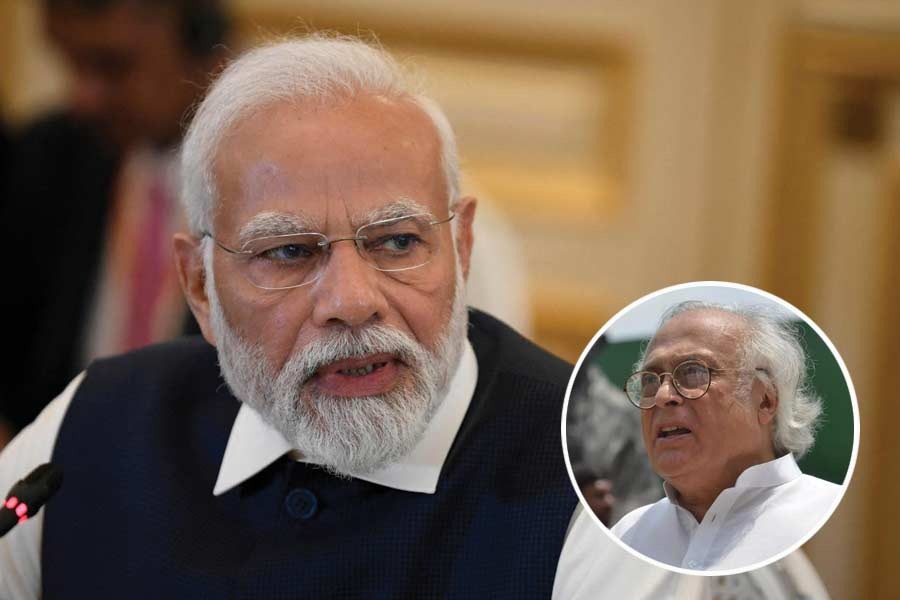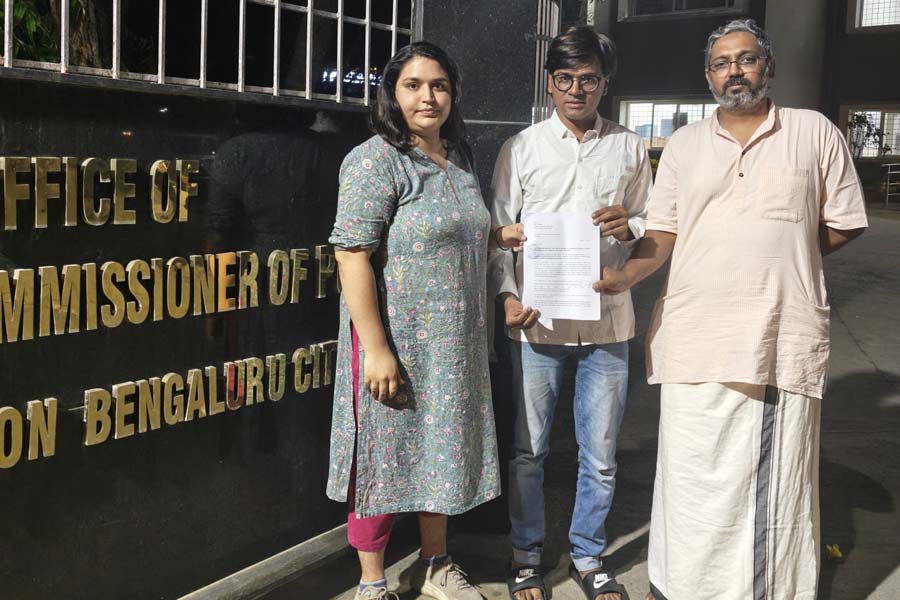 |
Name of the book: The Assamese Christians
Writer: Dr Manjula Hussain
Publisher: Purbanchal Prakash
Pages: 111
Price: Rs 300
In The Assamese Christians Dr Manjula Hussain makes a consolidated study of the spread of Christianity among the people of various ethnic communities of Northeast India. The book traces the religion from its introduction and inception in the region to the present day, with special focus on the Assamese Christians.
“The earliest entry of the Christians into the Northeast can be traced much before the advent of British rule. Milton Sangma (1987) has mentioned that the earliest recorded visit by the Christian missionaries to Northeast India was in 1626 by two Jesuit missionaries, Fr Stephen Cacella and Fr John Gabrial, who were probably looking for a passage to Tibet and China.”
It is interesting to note that when the other parts of India were going through a sea change politically — Malik Amber founded the city of Aurangabad in 1610 — the Northeast opened up to Jesuit missionaries, and Christianity quietly made a headway into this part of the country. The actual religion, though, was introduced two centuries later, when “on 23rd March, 1836, two American Baptists, Nathan Brown and Oliver T. Cutter, arrived with their families at Sadiya, the easternmost point of Assam (now in the Lohit district of Arunachal Pradesh).” Their mission was to reach the Chinese empire. But, Hussain writes, that they were probably destined by their Holy Ghost to proselytise the Assamese people.
The Christian history of Assam is so intermeshed with the political upheaval in the region, that one could well be said to complement the other. Hussain goes on to explain this in great detail and with data to back her claims.
She writes that while the Ahom kings were busy trying to keep their kingdom from falling apart — with the indigenous communities from the nearby hills of the Brahmaputra Valley and the Burmese intruding their territories frequently — the region was ravaged by war between the intruders and the Allied forces of the British and the Ahom kings. The Treaty at Yandaboo compelled the Burmese to retreat. It was after the treaty in 1826 that the East India Company truly ruled Assam, which had resisted the British mega-corporation for 67 years.
Hussain draws inspiration from writers like Melville J. Herskovits (1938) and Seymour- Smith, Charlotte (1986) to go on to say that Christianity, where embraced, is always reinterpreted in terms of the local beliefs and practices. She says that the practices hold good even in the context of the Northeast. The converted indigenous communities have retained their faith in clan and other social organisation systems.
The book is a fairly detailed study of the Assamese Christians from an anthropological point of view. A student of anthropology or an avid reader of sociology can get information of the advent and the practice of Christianity in the context of Assamese people.










